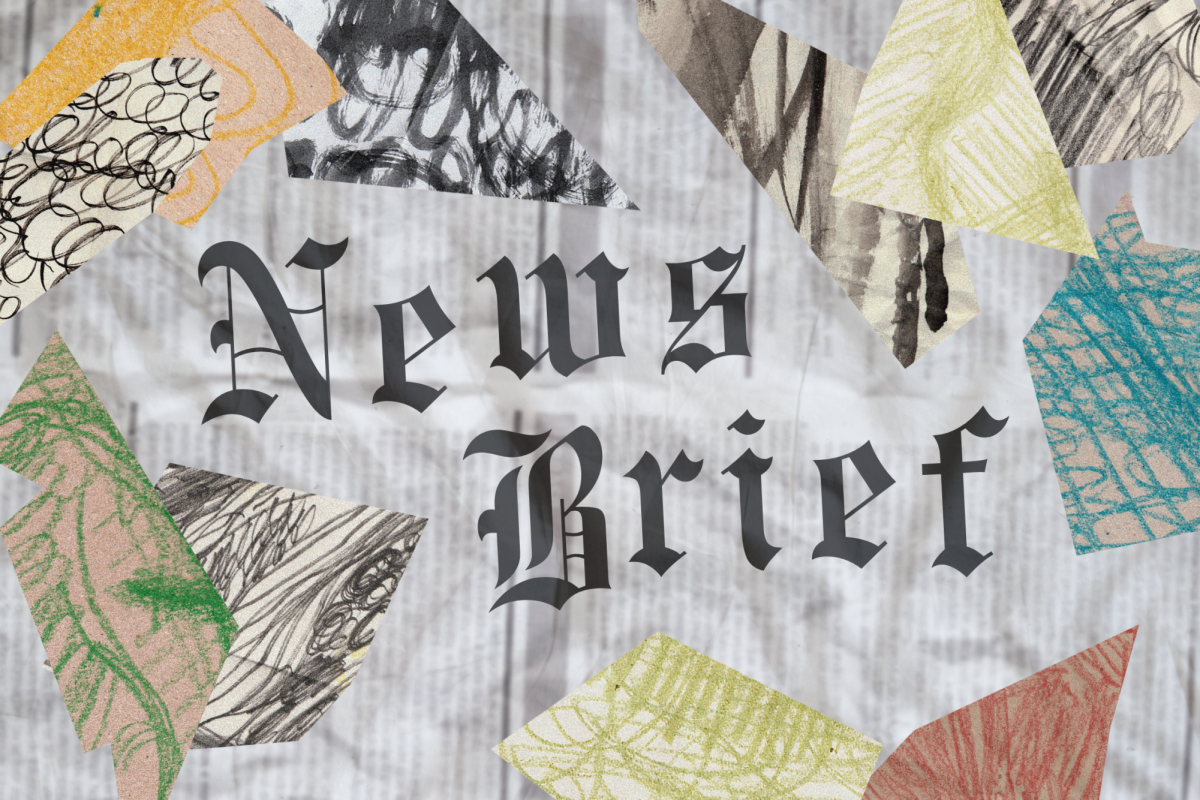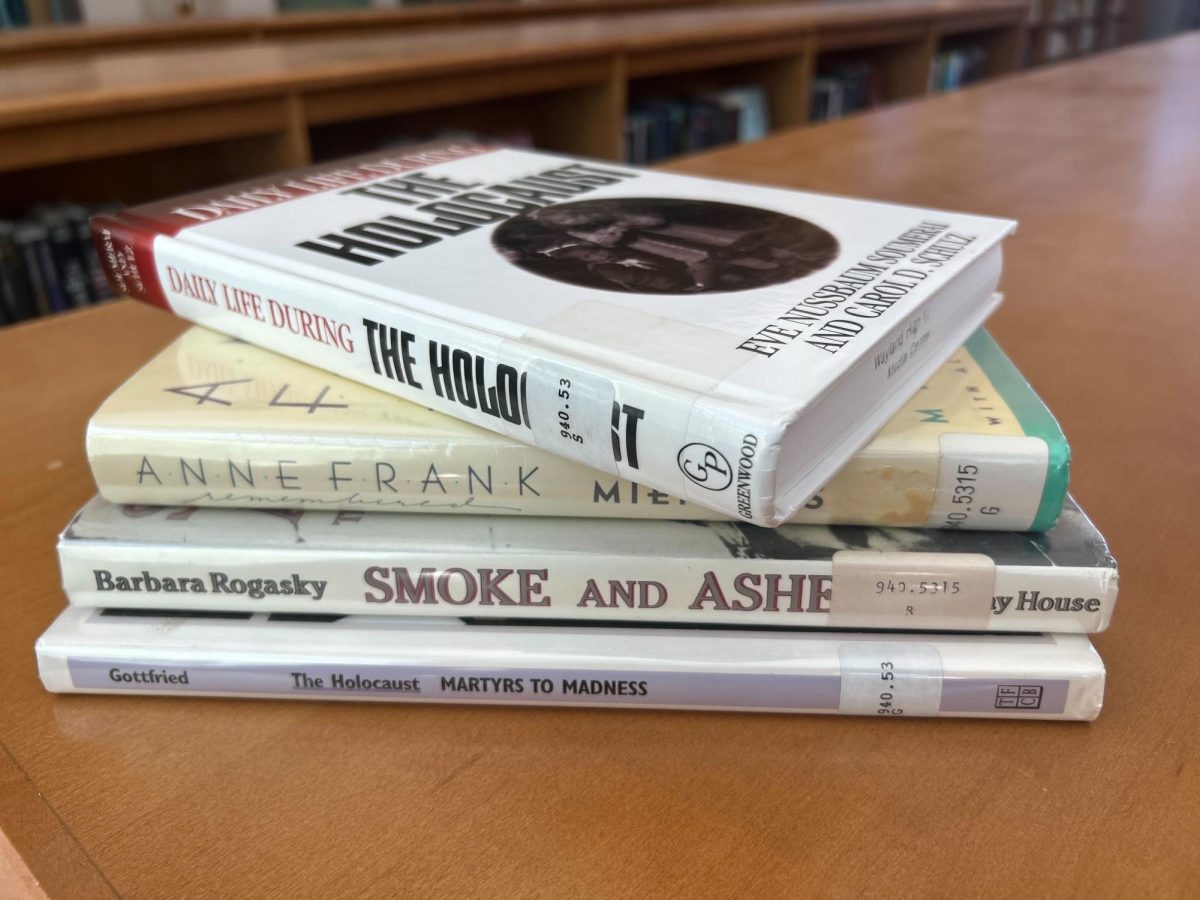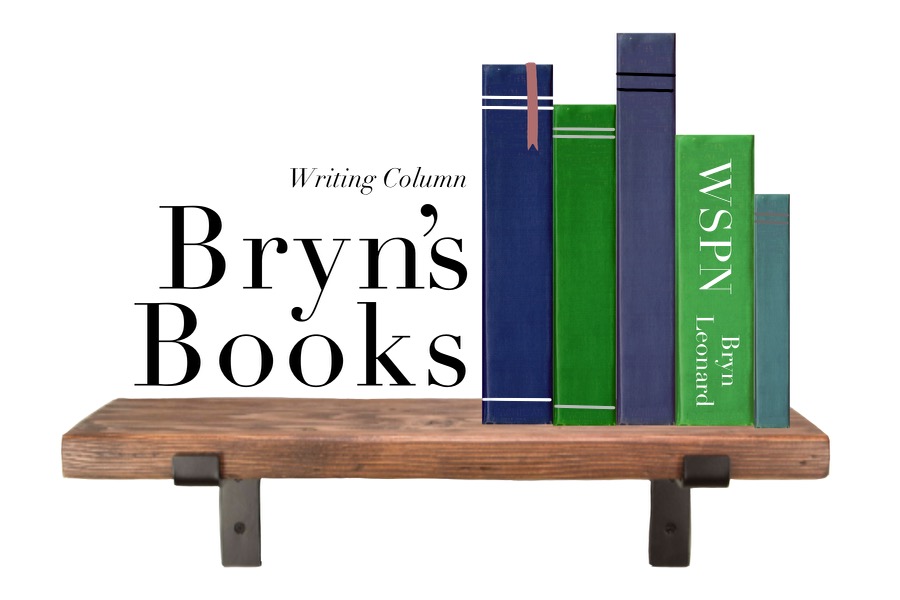Bryn’s Books: Moby-Dick
Credit: Elizabeth Zhong
exrctyubibyf8yb
November 23, 2020
Moby-Dick: the book we all know but most of us have not gotten around to reading. We see references of this novel everywhere: in movies, TV shows, music, and even when picking up your morning coffee (the Starbucks franchise was named after a character in the book). The author, Herman Melville, dives into the wide-ranging themes of revenge, fate, religion, insanity, race, and man versus the natural world.
When I first picked up my 624-page copy of the story (courtesy of my dad, who is also an avid reader), I was quite intimidated by the novel’s sheer denseness. I left it sitting on my bookshelf for weeks, making excuses and reading other less-challenging books. It wasn’t until I forced myself to sit and read it – the moment I read the first page – did my experience as a reader changed forever.
The story begins with Ishmael, a depressed young man with little money, arriving in Nantucket with hopes of joining a whaling crew. As a seasoned sailor with no experience whaling, Ishmael wishes to learn more about the subject. Whaling was a popular practice in New England that originated in the 17th century. Whales were hunted with harpoons (a long spear-like weapon) and were used for their meat and blubber. Ishmael soon forms a new friendship with the skillful harpooner, Queequeg. They venture off to the harbor and sign up to be crew members on the three-year journey on the Pequod. The main character, Captain Ahab, is an insanely obsessed man on a mission to seek revenge against Moby-Dick, the famous white whale that bit a portion of his leg off. The Pequod and its crew set sail on Christmas Eve, and the quest for the white whale begins.
Moby-Dick is an intriguing and powerful story that explores many ideas, both fictional and nonfictional. Ishmael observes the compelling and complex characters aboard the Pequod. The novel starts with Ishmael being a first-person narrator before fading into the background as a spectator and falling into a third-person perspective. Ishmael’s in-depth writing allows the reader to feel like they’re on the whaling ship with Ishmael and the rest of the seamen. The crew consists of people from all different cultures and races. In the 19th century, it was common for whaling ships to include people of all colors and pay them equally.
On top of the fascinating storyline of madman Ahab’s vengeance, Melville experiments with different writing styles, including a chapter written as a script for a play and chapters composed of religious and cultural teachings. The beauty of the novel is that it doesn’t focus on one religion and instead explores all different faiths. Melville also conducted extensive research on whaling throughout the novel. Melville did not shy away from the horrors of whaling, even going into a whale’s perspective at one point and describing the pain and suffering the whale had to endure. The usage of vivid and engaging scenes enabled me to reflect on the precarious job of being a whaler. Moby-Dick covered every aspect of sailing in such detail that I felt like I was a skilled sailor myself by the end of the story.
Although Moby-Dick has many positive aspects, it would have been more enjoyable to me if it wasn’t as slow-paced and exhausting to process. Parts of the story were challenging to comprehend. It would take me multiple times to re-read before I finally understood what was going on due to the confusing language. The storyline was the most appealing to me, but I was frustrated by the frequent interruptions by Ishmael, where he would ramble on about whaling. I also disagree with Ishmael’s view on whaling, as it is extremely cruel and unethical.
The beauty of this American classic is that there is something for everyone to enjoy. Whether you are interested in the storyline, whaling, the cultural or religious aspect of the novel, this book will be unforgettable. I highly recommend this book for those who want a challenge and are interested in reading classic literature.
Bryn’s rating: 4/5





![Last Wednesday, the Wayland School Committee gathered to discuss a number of topics regarding the health curriculum and Innovation Career Pathway course. Another large topic of conversation was the ways to potentially mitigate distracting cell phone usage. "These [phones] are going to distract your learning and social relationships," Superintendent David Fleishman said. "That's concrete right there."](https://waylandstudentpress.com/wp-content/uploads/2025/06/Screenshot-2025-06-04-at-9.49.31 PM-1200x886.png)



























![Troy Hoyt finishes the Boston Marathon, running for the Hoyt Foundation. T. Hoyt is the son of Hoyt Foundation CEO Russ Hoyt.
“[Running a marathon] might seem like a big thing, when it’s presented to you at first, but if you break it up and just keep telling yourself, “Yes, you can,” you can start chipping away at it. And before you know it, you’ll be running the whole 26 miles, and you won’t even think twice about it.” T. Hoyt said.](https://waylandstudentpress.com/wp-content/uploads/2025/04/C36E8761-1CBB-452E-9DF2-543EF7B1095E_1_105_c.jpeg)















































K Delaney • Nov 26, 2020 at 9:23 AM
Wow, so impressed you made it through the Moby Dick journey! It’s a wonderful slog, well-worth the effort, and it IS an effort! For me, his diversions into cetology snagged my momentum—19th century mammal science is, well, not all that awesome in the quantity Melville provides. Great review Bryn!